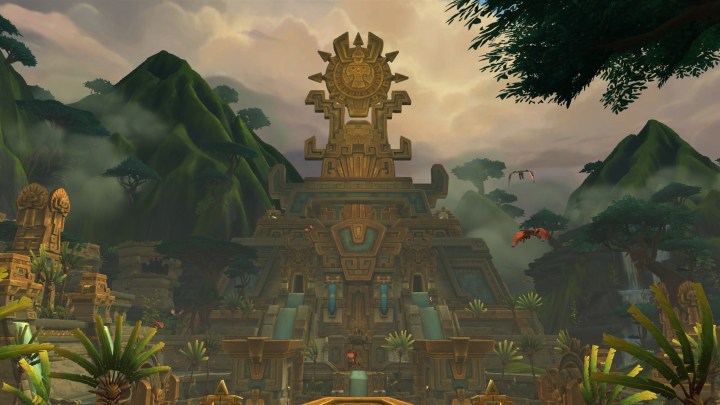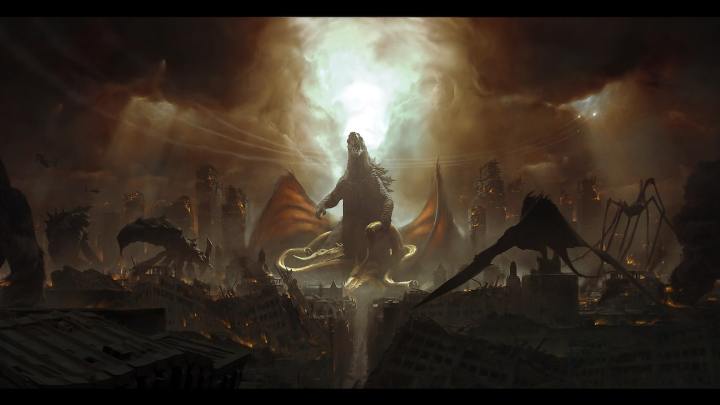15 steps to being a better digital artist
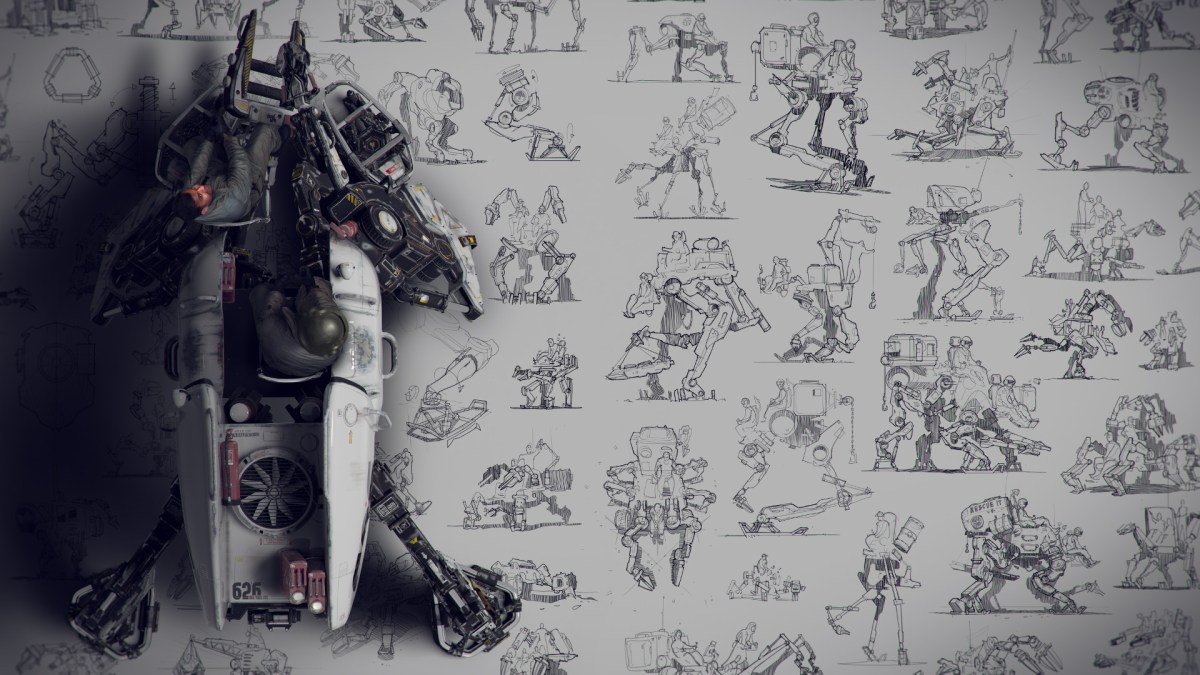
During 2014, we interviewed a lot of awesome artists for ArtStation Magazine. And with each of them, we asked the same closing question: “What would be your #1 advice to other artists?”. Between them, those answers formed a complete guide to success in the digital art industry: from technical tips to career advice. To kick off the new year, we’ve compiled some of the highlights from those interviews to provide you with a 15-step plan for becoming a better digital artist in 2015.
Main image: Matt Tkocz
1. Start out right
Find that thing that you feel is most important and stick with it. Becoming a strong individual artist is just as important as being a good commercial one. Meeting deadlines and working efficiently are things you learn along the way, but you can’t begin figuring out who you really are soon enough.
 Titus Lunter, freelance concept artist
Titus Lunter, freelance concept artist
Read the full interview with Titus
Visit Titus’s ArtStation gallery
2. Be social
Find – and keep – a community of artists who can offer good feedback on your work. When I am working on personal projects, I email WIPs to old colleagues, old classmates, friends, and even bring them in to the studio to discuss during lunch.
While not everyone has access to this kind of social network, we all have access to the large and talented communities that have been created online. I highly recommend posting work-in-progress threads and getting as much input as possible at all stages of your process.
 Devon Fay, senior environment artist, Infinity Ward
Devon Fay, senior environment artist, Infinity Ward
Read the full interview with Devon
Visit Devon’s ArtStation gallery
3. Nail the basics first
One piece of advice I’d give myself when I was starting out would definitely be: “Drawing is more important than painting. You can’t make a good painting from a bad drawing.”
 Mike Azevedo, freelance illustrator/concept artist
Mike Azevedo, freelance illustrator/concept artist
Read the full interview with Mike
Visit Mike’s ArtStation gallery
4. Learn 3D early…
I have to emphasise the value of knowing how to use 3D software. Working in 3D will open your eyes to many things related to creating volumes and shapes, light and shadow, and how different surfaces react to light. It’s a game-changer for anyone interested in being a professional artist.
 Marek Okon, concept artist, Marvel Entertainment
Marek Okon, concept artist, Marvel Entertainment
Read the full interview with Marek
Visit Marek’s ArtStation gallery
5. …but don’t get hung up on technology
If technology is responsible for your success, you’re doing something wrong. You should be offering more than just solid technical skills or understanding of a 3D program. You can learn that stuff really quickly; I’ve seen people start concepting in ZBrush after a month or two of using it.
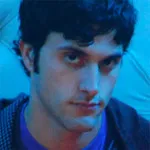 Aaron Limonick, concept artist, Naughty Dog
Aaron Limonick, concept artist, Naughty Dog
Read the full interview with Aaron
Visit Aaron’s ArtStation gallery
6. Don’t forget design
Push design as hard as art. I see a lot of work that is extremely strong from a technical standpoint, with great rendering, lighting and so on, but which lacks anything interesting in terms of shape, proportion and form language.
Use rhythm and balance as much as you can, in the repetition of shape, detail, contrast, materials and lighting. Don’t shotgun-blast details willy-nilly. Pick the right spots and allow the eye to breathe!
 Darren Bartley, senior concept artist, Ubisoft Montreal
Darren Bartley, senior concept artist, Ubisoft Montreal
Read the full interview with Darren
Visit Darren’s ArtStation gallery
7. Work your ass off
Be persistent. I firmly believe in the 10,000 hours theory – that you have to invest enough time to achieve the results you’re after. Everyone is capable of becoming a professional artist; you just have to believe, stay true to course and work your ass off. If you want it enough, it will happen.
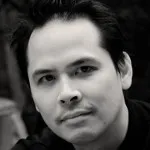 Emmanuel Shiu, freelance concept artist
Emmanuel Shiu, freelance concept artist
Read the full interview with Emmanuel
Visit Emmanuel’s ArtStation gallery
8. Pace yourself
Don’t try to rush things: just be consistent, reliable and keep pushing the quality of your work. You don’t need to be a superstar right away – the most important thing is to keep improving, and slow and steady is fine. If you do that, you’ll reach the superstars without noticing, and when they plateau, you’ll carry on improving.
 Rodrigue Pralier, principal artist, Warner Bros. Montreal
Rodrigue Pralier, principal artist, Warner Bros. Montreal
Read the full interview with Rodrigue
Visit Rodrigue’s Behance profile
9. Be honest with yourself
Always ask yourself if you are doing your best possible work. Don’t BS yourself. If you are honest with yourself and keep pushing and growing, I don’t see how you can go wrong.
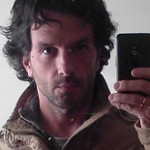 Joe Menna, digital sculptor with clients including DC Direct and Dark Horse Comics
Joe Menna, digital sculptor with clients including DC Direct and Dark Horse Comics
Read the full interview with Joe
Visit Joe’s ArtStation gallery
10. Stay true to your tastes
Stay immersed in a broad range of material that affects you personally. Be stubborn about it. Don’t let industry standards, popular opinion, or forums where people declare what is currently ‘cool’ override your internal compass.
As someone who is trying to rediscover that compass after years of working to clients’ briefs, I wish I had heard that advice five years ago. In an artist-client relationship, it is your responsibility to satisfy the tastes of another person. It is important to keep your personal feelings [separate]. This does not mean to fight your briefs – simply remember why you started making things in the first place.
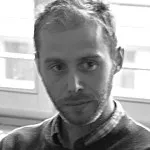 Mike Hill, founder, Karakter Design Studio
Mike Hill, founder, Karakter Design Studio
Read the full interview with Mike
Visit Mike’s ArtStation gallery
11. Keep creating
I see too many artists who get a job and then stop drawing outside of work. At the very least, if you are creating personal work at home, you’re diversifying the type of content you are capable of creating, and thereby increasing your marketability.
 Trevor Claxton, senior concept artist, Riot Games
Trevor Claxton, senior concept artist, Riot Games
Read the full interview with Trevor
Visit Trevor’s ArtStation gallery
12. Stay flexible
Adapt. I adapted from an illustrator to an animator, to a concept artist, to an environment modeler, and finally to a character artist and sculptor. Limiting yourself to a [narrow specialism] reduces what you will ultimately be able to achieve.
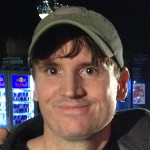 Brett Briley, freelance character artist
Brett Briley, freelance character artist
Read the full interview with Brett
Visit Brett’s ArtStation gallery
13. Never stop learning…
Surround yourself with people that are better than you – it’s the best way to absorb knowledge and new skill sets. More importantly, it puts you in the proper mindset to better yourself. Seeing someone next to you modeling an amazing piece of art is the most motivational force I know of.
 Paul Pepera, artist, Oculus VR
Paul Pepera, artist, Oculus VR
Read the full interview with Paul
Visit Paul’s ArtStation gallery
14. …but believe in yourself
Looking at other people’s work can be a double-edged sword: it can make your work sharper, or it can get you thinking you can’t compete. If people say they like your work – especially if they are paying you for it – believe them! Keep striving to get better, but don’t let you bring yourself down.
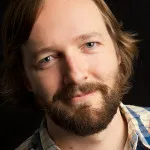 Ryan Dening, co-founder, North Front Studio
Ryan Dening, co-founder, North Front Studio
Read the full interview with Ryan
Visit Ryan’s website
15. And keep a sense of proportion
Put in the hours, but relax about it for Christ’s sake – it’s concept art, not brain surgery.
 Matt Tkocz, freelance concept artist
Matt Tkocz, freelance concept artist
Read the full interview with Matt
Visit Matt’s ArtStation gallery
Editor’s note: In some cases, our interviewees changed jobs during 2014. The job titles listed above were correct at time of posting, so they may not match those given in the original interviews.



















